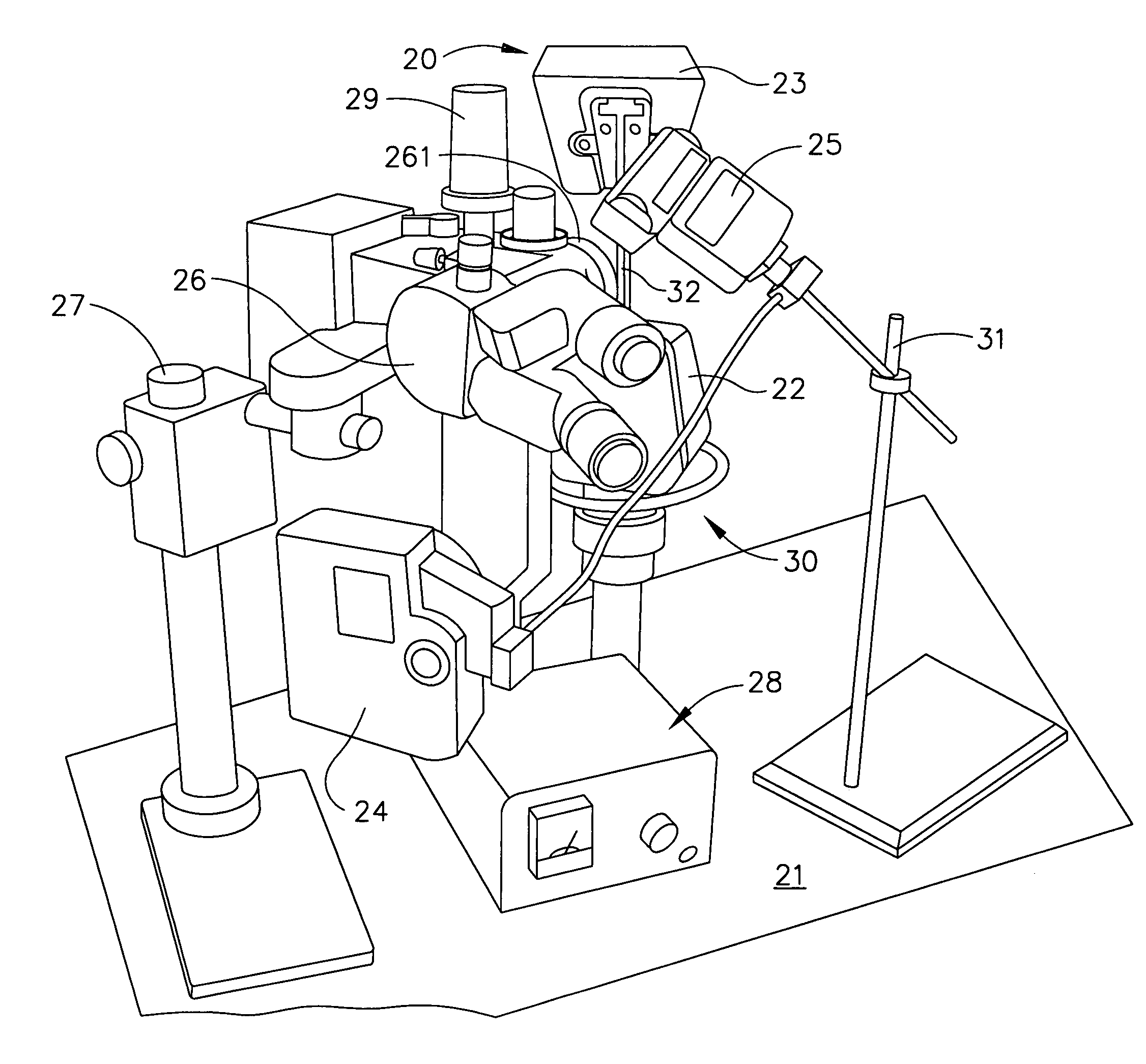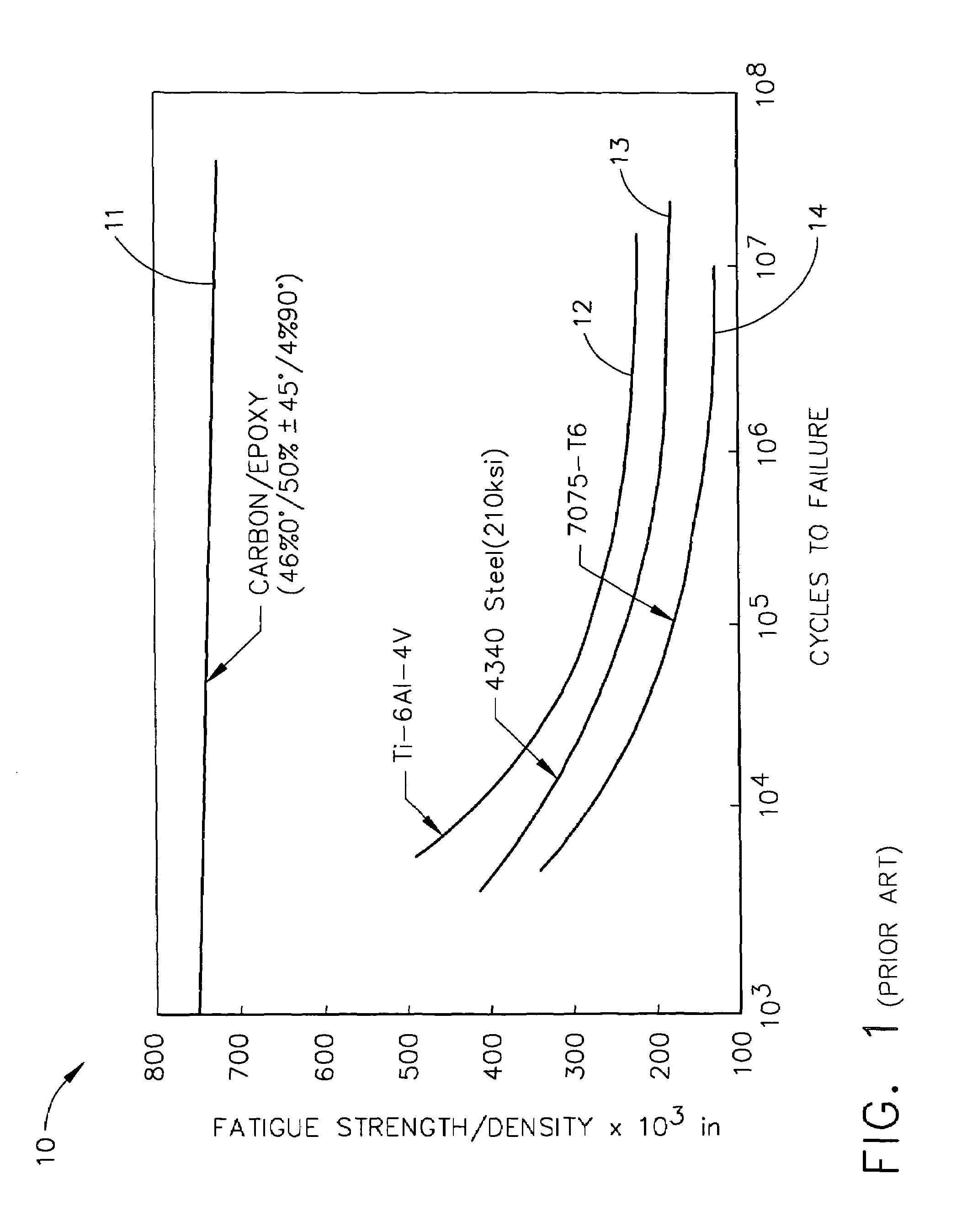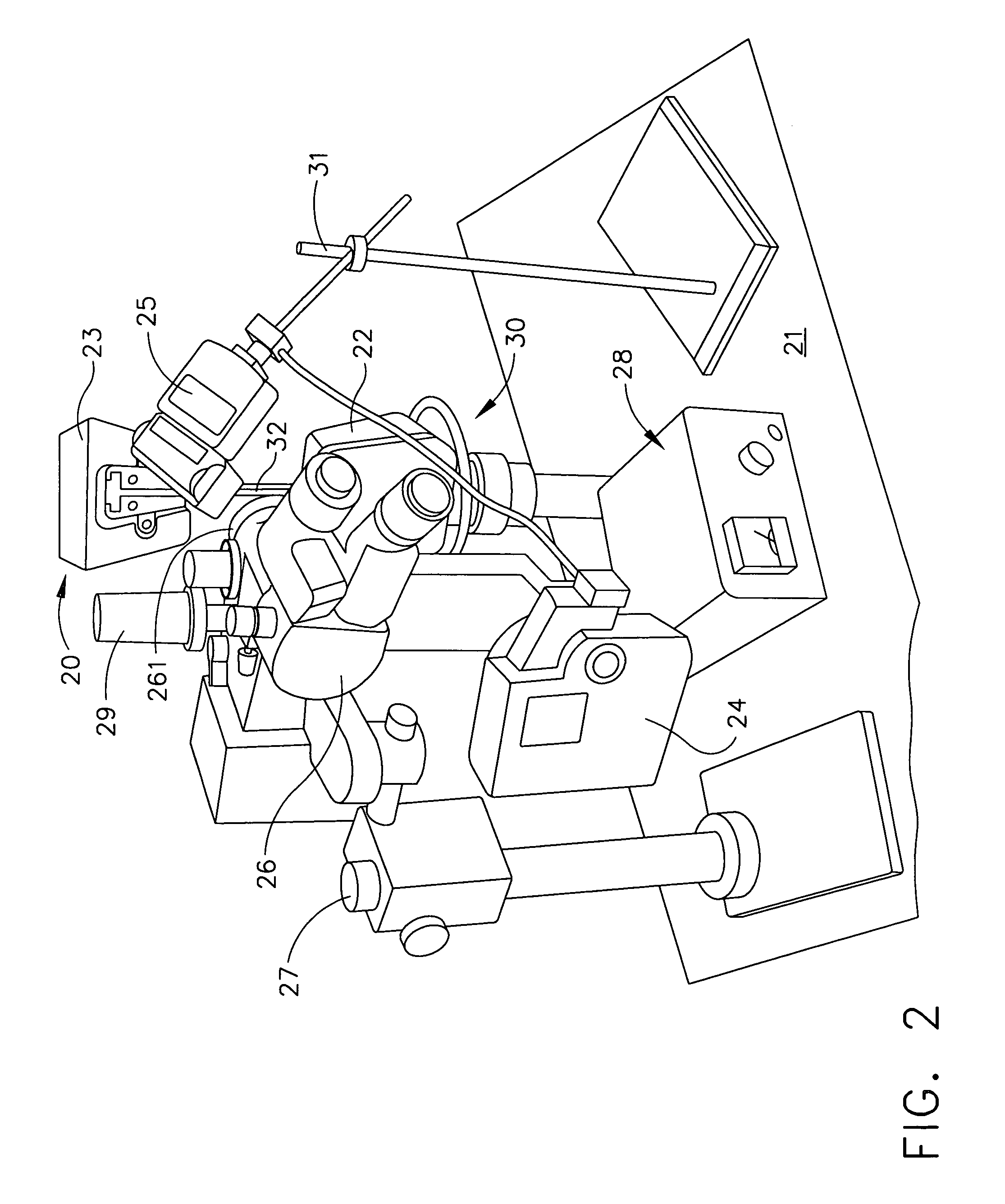Visual documentation of micro-cracks during tensile coupon testing
a technology of tensile coupon and micro-cracks, applied in the field of composite materials and tensile coupon testing, can solve the problems of time-dependent micro-structural damage of many fiber-reinforced composite materials, reduced stiffness, and more serious damag
- Summary
- Abstract
- Description
- Claims
- Application Information
AI Technical Summary
Benefits of technology
Problems solved by technology
Method used
Image
Examples
Embodiment Construction
[0027]The following detailed description is of the best currently contemplated modes of carrying out the invention. The description is not to be taken in a limiting sense, but is made merely for the purpose of illustrating the general principles of the invention, since the scope of the invention is best defined by the appended claims.
[0028]Broadly, an embodiment of the present invention provides a test method for visual documentation of the formation and growth of micro-cracks in carbon-reinforced composite materials during tensile coupon testing. Contrary to the known prior art, only one specimen is needed to obtain information about formation and growth of micro-cracks in carbon-reinforced composite materials where currently destructive testing of many specimens is required. Furthermore, the test method according to one embodiment of the present invention will allow visually following the initial formation as well as the growth of existing micro-cracks under an increasing tensile ...
PUM
| Property | Measurement | Unit |
|---|---|---|
| thickness | aaaaa | aaaaa |
| width | aaaaa | aaaaa |
| tensile coupon testing | aaaaa | aaaaa |
Abstract
Description
Claims
Application Information
 Login to View More
Login to View More - R&D
- Intellectual Property
- Life Sciences
- Materials
- Tech Scout
- Unparalleled Data Quality
- Higher Quality Content
- 60% Fewer Hallucinations
Browse by: Latest US Patents, China's latest patents, Technical Efficacy Thesaurus, Application Domain, Technology Topic, Popular Technical Reports.
© 2025 PatSnap. All rights reserved.Legal|Privacy policy|Modern Slavery Act Transparency Statement|Sitemap|About US| Contact US: help@patsnap.com



